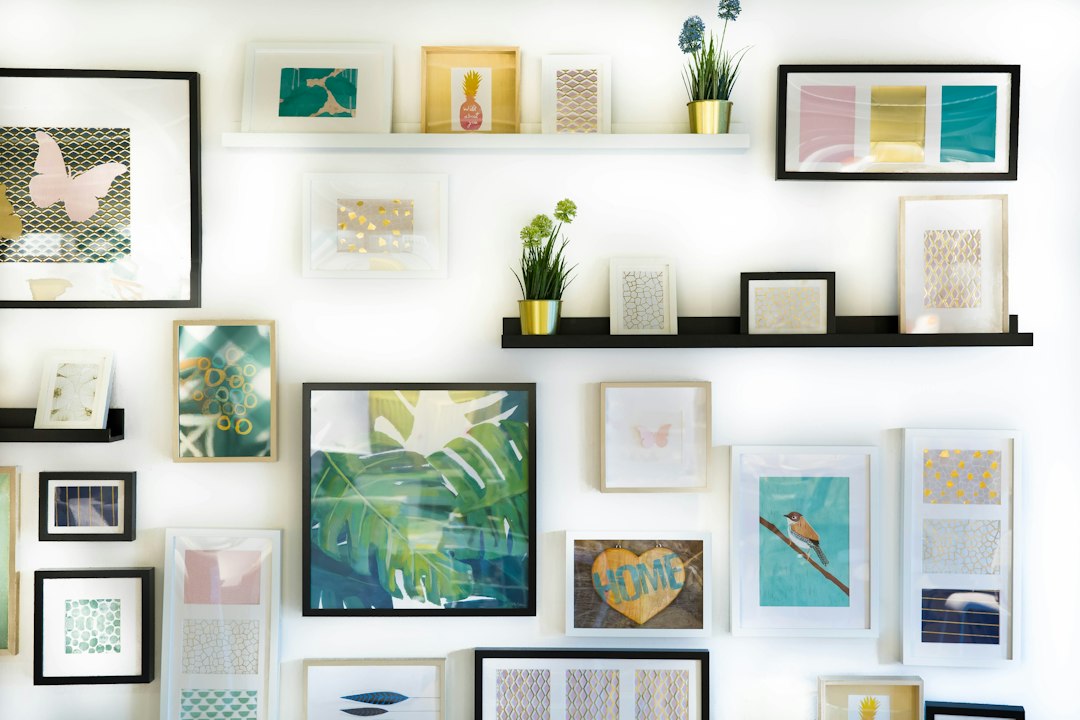Exploring Different Shades of Blue and Their Effects on Mood
Blue, a color often associated with calmness and serenity, has been proven to have a profound impact on our mood and emotions. From the vast azure skies to the deep indigo oceans, blue hues surround us in our everyday lives. Let us embark on an exploration of the different shades of blue and discover how they can influence our overall well-being.
Studies have shown that exposure to the color blue can evoke feelings of tranquility and harmony within individuals. This is why many interior designers and decorators often incorporate various shades of blue in spaces such as bedrooms and relaxation areas to create a peaceful ambiance. The serene and soothing qualities of this color can help to reduce stress and anxiety, promoting a sense of calmness and relaxation.
Different shades of blue possess unique characteristics, each with their distinct effect on our mood. Lighter shades such as baby blue or sky blue are often associated with feelings of freedom, openness, and purity. These shades can create a sense of expansiveness and are commonly used in spaces where creativity and imagination thrive, such as artist studios or children’s bedrooms.
On the other side of the spectrum, darker shades of blue, like navy or royal blue, tend to evoke a sense of stability and elegance. These deep tones are associated with strength and sophistication, making them ideal for spaces such as offices or formal dining rooms. The richness of these shades can instill a sense of power and productivity, enabling individuals to tackle tasks with confidence.
When we think of canada, a country known for its stunning natural landscapes, shades of blue immediately come to mind. The crystal-clear lakes, magnificent glaciers, and vast oceans reflect various shades of blue, mesmerizing all who witness them. The connection between Canada and blue hues runs deep, embodying the nation’s spirit of tranquility and freedom.
The psychological effects of blue are not only limited to our immediate surroundings. In fact, blue is often associated with feelings of trust and security, making it a popular choice for corporate logos and branding. Many banking institutions and technology companies incorporate shades of blue into their logos to instill a sense of dependability and reliability in their clients.
However, it’s important to note that too much blue can have the opposite effect, resulting in feelings of sadness or melancholy. Finding the right balance and combining blue with other colors can help create a harmonious atmosphere and prevent an overwhelming effect.
In conclusion, the different shades of blue have a significant impact on our moods and emotions. Whether it be the calming sensation of a pale blue sky or the depth and stability provided by darker hues, this color can transform our surroundings and elevate our well-being. So, next time you find yourself surrounded by shades of blue, whether in the picturesque landscapes of Canada or in your own home, take a moment to appreciate the profound influence this color has on our psyches.
